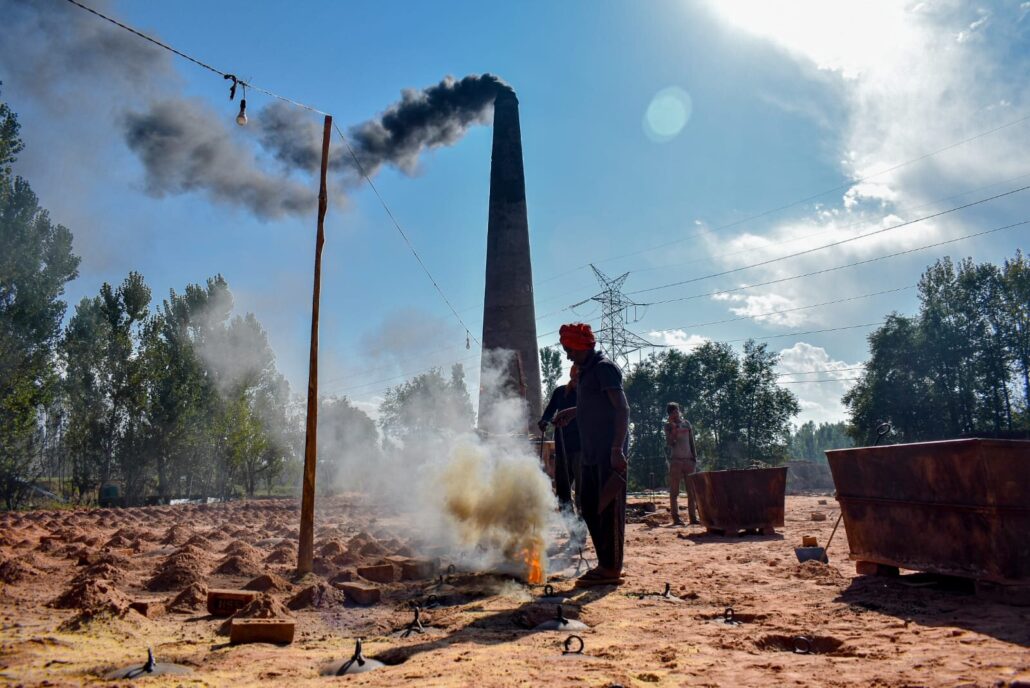
The air quality in Kashmir and Jammu regions has significantly deteriorated, with major cities experiencing unhealthy pollution levels.
Data from IQAir, accessed by The Kashmiriyat, shows that Srinagar, Anantnag, and Jammu are all grappling with poor air conditions that pose serious health risks, particularly for sensitive groups.
In Srinagar, the Air Quality Index (AQI) currently stands at 183, which is categorized as “Unhealthy.”
The main pollutant affecting the city is PM2.5, with a concentration of 119.7 µg/m³. Weather conditions in the city show a temperature of 14°C, with a gentle breeze blowing at 4.7 km/h and a humidity level of 32 percent.
Health authorities advise residents, especially those with respiratory conditions, to limit outdoor activities as exposure to such levels of air pollution can aggravate health issues.
The situation is slightly different but still concerning in Anantnag, where the AQI has reached 146, labeled as “Unhealthy for sensitive groups.”
PM2.5 levels are at 53.6 µg/m³, indicating a substantial concentration of harmful particles in the air. Anantnag’s weather conditions include a temperature of 18°C, a wind speed of 5.8 km/h, and a humidity level of 22 percent.
Sensitive groups, such as children, elderly people, and those with existing health conditions, are particularly at risk in these conditions, Dr. Bashir Magray told The Kashmiriyat.
Meanwhile, Jammu faces even more severe pollution, with an AQI of 185, classified as “Unhealthy.” PM2.5 particles are recorded at a concentration of 104.6 µg/m³, significantly above safe levels.
Jammu’s temperature is currently 26°C, with a wind speed of 7.6 km/h and humidity at 27 percent. Local residents are advised to wear masks, keep windows closed, and avoid outdoor exertion to reduce exposure to the polluted air.
“High PM2.5 levels in regions like Kashmir stem mostly from vehicle emissions, industrial and construction dust. Wood burning for heating, and occasional crop residue burning from neighboring areas, may have a slight impact too,” Dr. Bashir said.
“This concerning rise in pollution levels across Kashmir Valley and Jammu highlights the urgent need for air quality management and stricter environmental regulations in the region,” he added.
The deteriorating air quality may impact public health and quality of life, he said.
